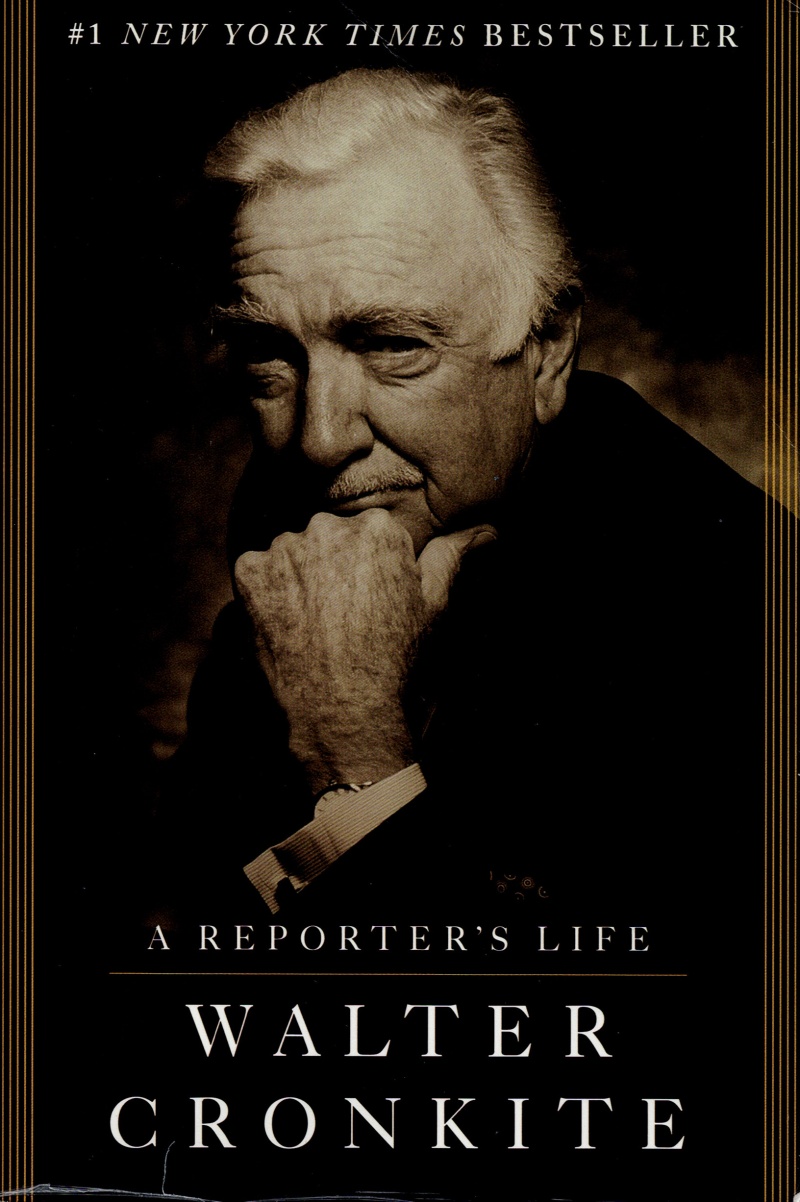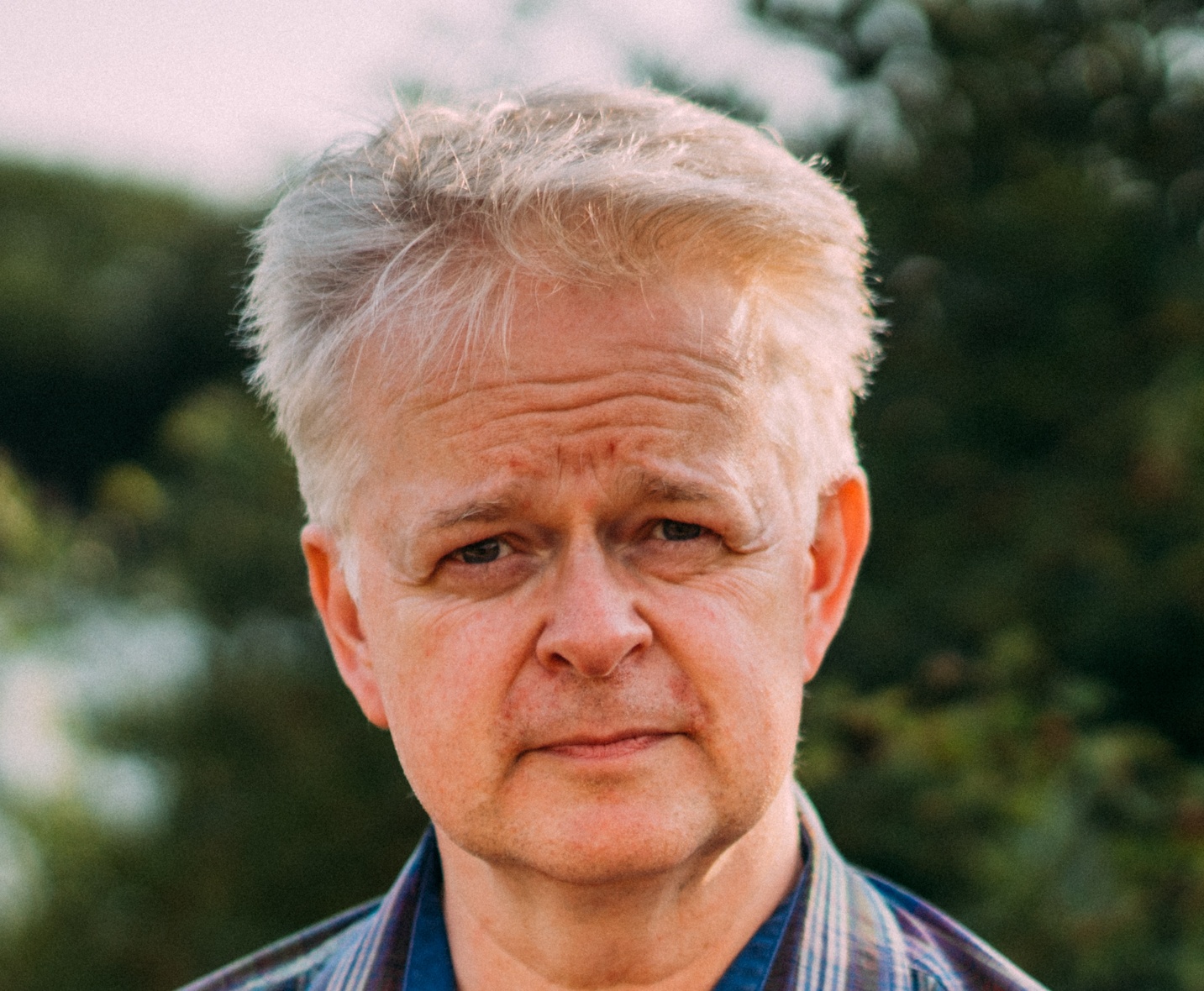New York: Ballantine Books, 1997
For the amusement and inspiration of the two reporters in the family.

This was what my aunt wrote at beginning of this book, when she gifted it to my father and I for Christmas in 1997. Dad had been a reporter, but by this time was a communication officer within the provincial government. I was just beginning to freelance at CBC Radio in Vancouver, working away at a Communications degree at Simon Fraser University, where I had a news show first thing on Monday mornings on CJSF, the campus/community radio station. What Dad and I had in common was writing.
You can’t look back on the advent of television news programming in the twentieth century and not take note of the contribution of Walter Cronkite. “And that’s the way it is…” is a phrase that will be forever attached to evening news programs. For Dad and I, even though we may not have taken specific note of it, the kind of programming he was part of creating shaped journalism in the television age.
Walter Cronkite did some extraordinary things as a journalist. While he was at United Press, he covered the Second World War, taking on highly secretive reporting missions. Once he joined the 101st Airborne on a glider mission, and plunged into a battle zone as a war correspondent in September 1944. Later he was a correspondent in Moscow from 1946-48.
But it was his break into television news, a new untested medium and profession, during the Korean War, that would see him doing his first newscasts for a Washington TV station. He would later encapsulate what it was to be a news anchor, guiding live broadcasts along with, what would be considered today simplistic yet brilliant methods.
The coronation of Queen Elizabeth II on June 2, 1953, was the first of many major world events he would cover for television. He got to know several United States presidents, both on and off the screen. He covered the Vietnam War while personally abhorring it, challenging him to find balance and objectivity with a subject that was clearly difficult to stomach. And as he put it, in a testament to the power of television at the time, it was the first war declared over by an anchorman.
When the Eagle landed on the moon’s surface, and the enormity of what was taking place registered on Walter Cronkite’s face and all he could say was “Oh, boy! Whew! Boy!” he became part of the story. It’s an extraordinary television moment. That moment of lost composure was so reflective of what viewers were experiencing, that he was more of a guide, and less a purveyor of information. He shared in the experience, and his curiosity and drive for truth was what made him a compelling person.
And for my father and I, despite us not really having had a conversation about him, Walter Cronkite did shape our time, and a generation of journalists, driven by curiosity, seeking truth. His book covers a lot of ground, in some ways too much ground for three hundred and eighty-four pages, but it is significant that he wrote about his pioneering experiences.
